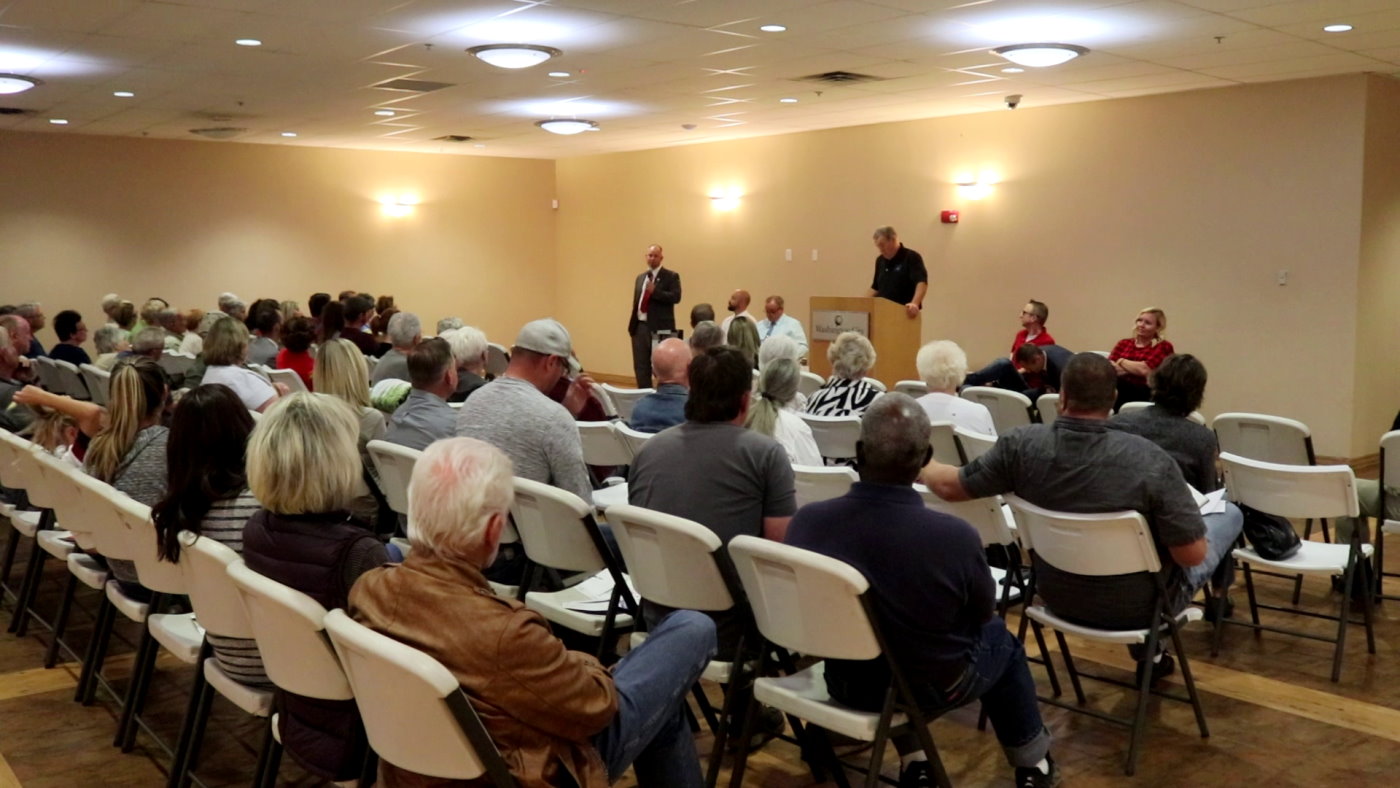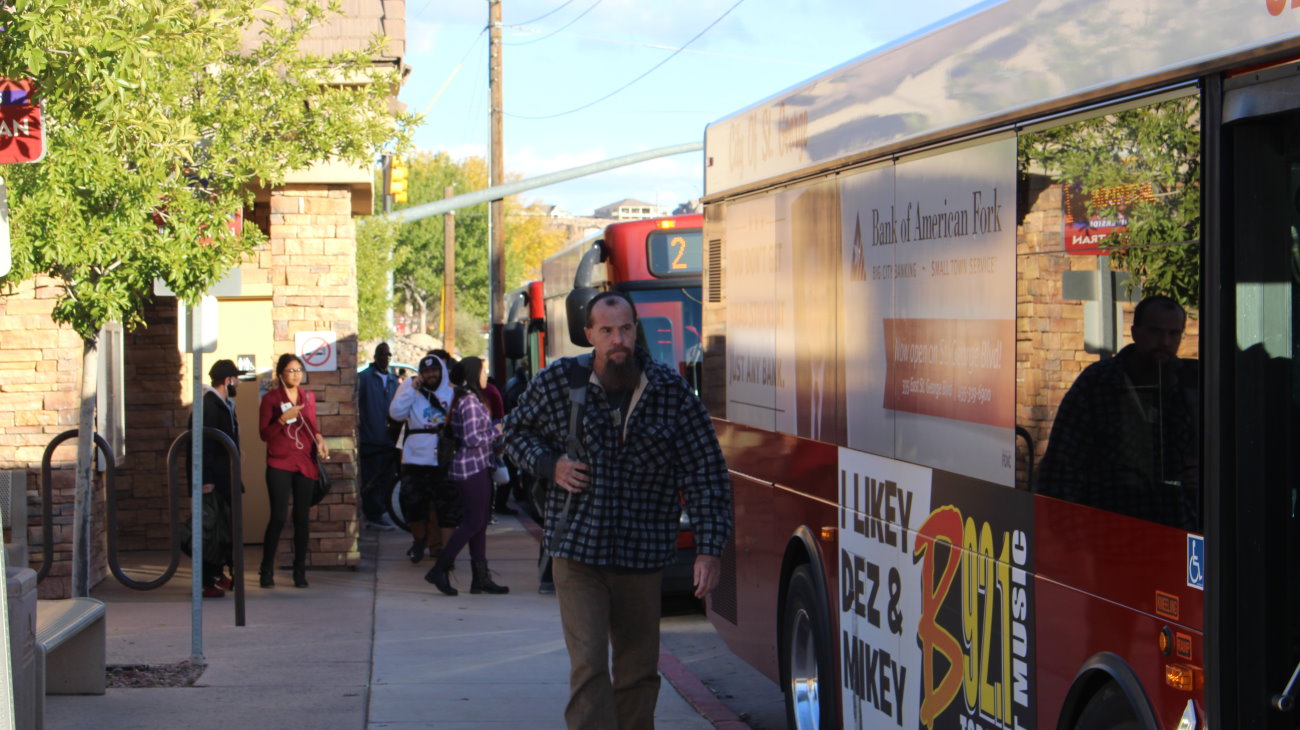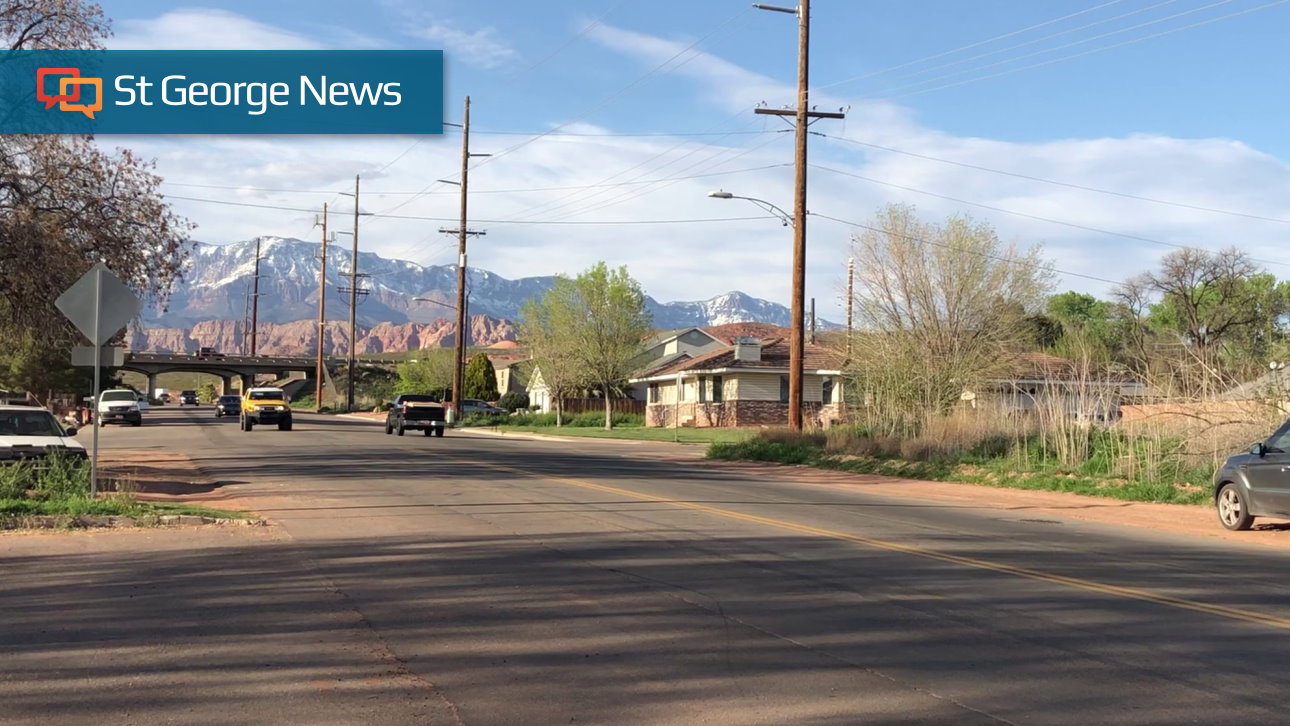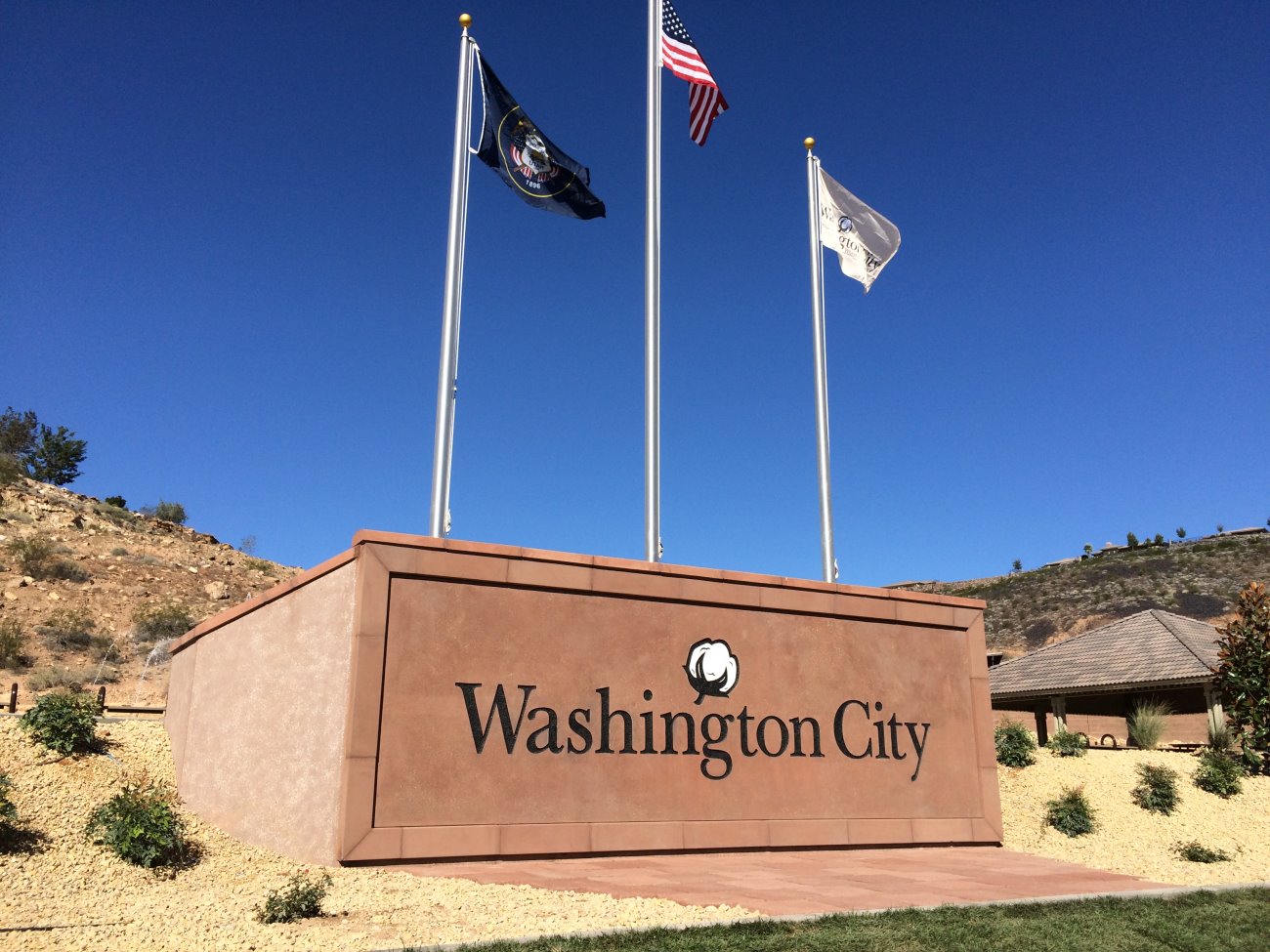WASHINGTON CITY — The candidates for Washington City Council spoke during a forum Thursday evening that included such topics as the Northern Corridor, public transit and the Interstate 15 milepost 11 project.

The candidate forum was held at the Washington City Community Center and organized by the St. George Area Chamber of Commerce and Dixie State University’s Institute of Politics and Public Affairs as zcpart of a series of forums that also include St. George and Santa Clara.
Candidates in attendance included incumbent Troy Belliston and challengers Craig Coats, Kurt Ivie, Ben Martinsen, Kress Staheli and Marcia Whitney.
Starting off the evening was the seemingly perpetual topic of the Lake Powell Pipeline, as well as the proposed Northern Corridor, with questions of whether the candidates support either project.
While the majority of the candidates support the concept of the Lake Powell Pipeline in relation to supporting future growth and industry, Martinsen said he doesn’t believe it’s necessary. Instead of the pipeline, he supports investing in technologies related to water conservation and sustainability.

“Technology is developing at such a rapid pace,” Martinsen said. “We’ve got a lot of amazing individuals coming up in college and university that are developing these technologies that we need to lead a more sustainable lifestyle for humankind.”
Martinsen also said he doesn’t believe the Northern Corridor is needed, while his fellow candidates expressed general support for it and a need to make sure Washington City residents – particularly those living in the Green Springs area – aren’t adversely impacted by it.
The Northern Corridor is presently designed to connect Red Hills Drive in St. George to Washington Parkway in Washington City. The eastern connection with the Northern Corridor sits right behind the northern edge of Green Springs.

“I support the Northern Corridor, but we need to recognize that there are no other residents that are going to be affected except for Washington City residents,” Belliston said. “So, as we work with (the Utah Department of Transportation) and the other agencies involved, we need to help them realize that it’ll be our residents that aren’t impacted. We need to be at the table to make sure that doesn’t happen.”
The candidates were then asked if they believe public transportation should be an option for city residents. It’s been an issue on the minds of both city officials and residents for years, with the city previously on the cusp of getting SunTran to expand into the city, only to falter due to a lack of available funding.
Belliston said public transit will be coming to the city thanks to the 0.25 sales tax for road maintenance and public transit recently passed by the Washington County Commission. City officials are in talks with St. George once more to bring SunTran into the city in the near future.

“I think our city needs (a transit system), but I don’t think we should be taxed for it,” Whitney said. “I think transportation should come from the private sector. I don’t think the city should provide it. The private sector should come in and cover the cost.”
An issue that has proven controversial for some residents, especially those who live in the downtown area, is UDOT’s Milepost 11 Project that proposes to put a new highway interchange between Exits 10 and 13 on I-15 that would connect with Main Street. Road planners say the interchange and accompanying improvements to the nearby Exit 10/Green Springs interchange will help relieve the traffic congestion currently experienced at Exit 10. Area residents have said they fear the interchange will destroy the character of the downtown residential community.
“The biggest thing I’ve found is that it’s not just milepost 11 that needs improvements, Exit 10 does as well. It needs the majority of it,” Coats said, adding that a milepost 11 interchange connection to Main Street will only impact Exit 10 by an estimated 15%.

Every effort should be made to improve Exit 10 before state road planners move on building the proposed Main Street interchange, Coats said.
Candidates were also asked to explain their vision for the ideal development of land and community resources in Washington City.
“The ideal development would be something that incorporates our history, our heritage in Washington, because I don’t think you know where you’re going if you don’t know where you came from,” Ivie said, adding that zoning that sets particular design standards and preserving open and green space factor into that.
Ivie said he’d select citizens who represent the city’s various communities – Green Springs, the downtown, Washington Fields and Coral Canyon – and have them meet with their neighbors and ask what they need in regard to development and growth. This information would then go to a committee that would report its findings to the City Council.

“There are a lot of ways to do it, but for me personally, it’s all about what the citizens want,” Ivie said.
Another question asked the candidates how residents of the four seemingly disparate communities in Washington City could be united.
There was general agreement among most of the candidates that the city needs to spread out its events and activities. The majority of the city’s events are held at the Veterans Park in the downtown area. Unlike the other candidates, Staheli said the Veterans Parks is a primary gathering place for the community and events held there should remain.
“Veterans Park is the gathering place and the heart of the city,” Staheli said, adding his family enjoys going to the events held there such as the Fourth of July and Cotton Days and didn’t feel those traditions should be changed as they already act as a community unifier.
However, Staheli also noted how the majority of the city’s public amenities, such as parks and trails, are located north of the Virgin River, while the majority of the schools are located south of the river.
“If you want to unify the community, let’s unify the community for the north and the south side of the river where a lot of families with their kids in school are going ‘We have no amenities down there.’”
The six candidates will appear on the ballot in the general election set for Nov. 5.
Ed. note: Kress Staheli’s original statement concerning Veterans Park was misquoted and has been corrected.
Copyright St. George News, SaintGeorgeUtah.com LLC, 2019, all rights reserved.